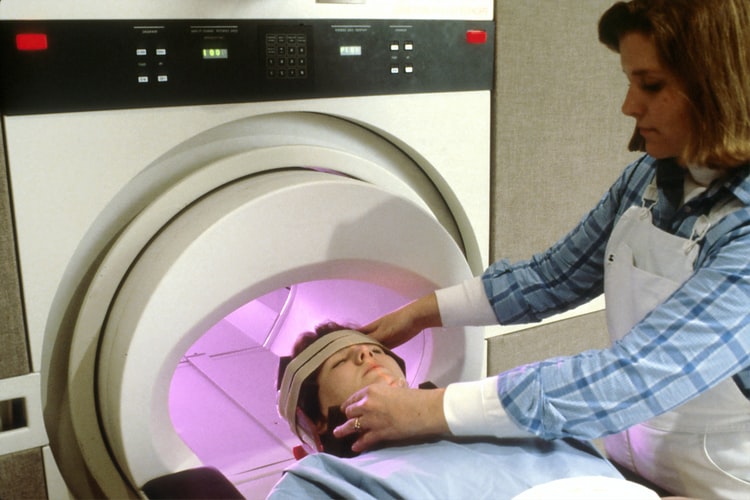
Computed Tomography is being used far beyond a simple diagnostic test. If you desire to understand more, read this post for tomography in orthopedics until the end!
What can we see in Computed Tomography?
In the CT scan, it is possible to see the bones completely in all positions, to make an accurate diagnosis of the fracture and of some surprise fractures, which is not possible to see on the radiography. In addition, it likewise permits you to examine the shape of the fracture. CT is really important due to the fact that it permits the doctor to better comprehend the shape of the fracture and plan the finest treatment for the client, the place where he will make the cut (incision) in the skin, and the position of the implant.
On computed tomography, it is not possible to visualize ligaments, cartilages, and tendons. To detect sores in these structures, the very best test is nuclear magnetic resonance.
In addition to bones, it is possible to evaluate some organs of the body such as the brain, liver, spleen, lung, vessels (when utilizing contrast), to name a few. The tomography is normally used when the individual has actually suffered a crash, an accident, and sometimes of inflammation, infections, and growths.
What is the purpose and what is the Tomography examination in Orthopedics and its indications?
In orthopedics, tomography is primarily used to much better see a fracture or make its diagnosis. In many cases, the radiographic examination does not clearly show the fractures. This holds true, for instance, of fractures in the scaphoid bone, which are left in the wrist and spinal column fractures.
Tomography can likewise be utilized to examine the shape of the bone in cases of clients with growths and deformities, so that the physician can better comprehend the anatomy of the sore and strategy treatment.
What is the function and what is the Tomography examination in Surgery and Clinic and its indicators?
Its use, in general, is much better than radiography (x-ray) for fractures in the spine and in joints such as the shoulder, elbow, wrist, hand, hip, knee, ankle, and foot. On the other hand, in general, and medical surgical treatment, tomography has great use to see the stomach organs in cases of trauma, accidents, inflammation, and growths. In cases of strokes and traumatic brain injury (which is when the person strikes their head), a CT scan works to see if there is brain bleeding.
In this exam, it is likewise possible to see the blood vessels with using contrast, which is injected into a patient’s vessel, passes through the circulatory system, and it is possible to see in the image the shape of the capillary (artery or vein) and if there is any disruption in the blood circulation or vessel damage.
How does the CT scan work?
Tomography is nothing more than an x-ray machine. It works on the very same principle as this exam, which has radiation emission and takes several x-rays in various instructions of the body. That’s why the person “remains inside the tomography machine”, which has a rotating rx that makes the images.
After taking all these radiographs, there is a computer system program that can reconstruct the image in numerous planes and even in 3 measurements. And to give you an example, a spinal column tomography permits you to cut and reveal the spine in the 3 main planes, being possible to see the knee from the front, from the side, and from the inside.
The most incredible thing is that once it’s been rebuilt it’s possible to see the column in 3 measurements!
Dangers and Complications
The tomography, like the x-ray, releases radiation. As the tomography gives off a number of x-rays, the radiation dose for this examination is much higher.
For that reason, this test is contraindicated in children and clients who are pregnant or have the possibility of being pregnant. The biggest problem with radiation exposure is the development of tumors, which can happen with a high dose of radiation. Research studies report that as much as 2% of cancers in the United States can be attributed to radiation exposure by CT scan alone.
In addition to radiation, the injection of contrast can likewise posture a risk to the patient, which can vary from an allergy to a kidney issue.
